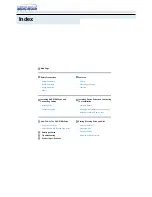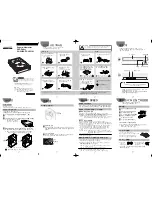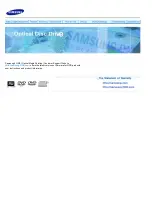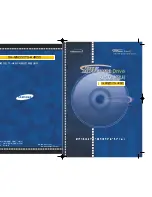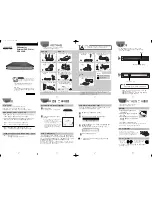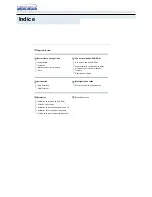
21-15 Ext. 1 Setpoint
Range:
Function:
0 ExtPID1Unit
*
[ par. 21-11 - par.
21-12 ExtPID1Unit]
The setpoint reference is
used in extended 1 closed
loop. Ext.1 Setpoint is added
to the value from the Ext.1
Reference source selected in
21-17 Ext. 1 Reference [Unit]
Range:
Function:
0 ExtPID1Unit
*
[-999999.999 -
999999.999
ExtPID1Unit]
Readout of the reference
value for the Closed Loop
1 Controller.
21-18 Ext. 1 Feedback [Unit]
Range:
Function:
0 ExtPID1Unit
*
[-999999.999 -
999999.999
ExtPID1Unit]
Readout of the feedback
value for the Closed Loop
1 Controller.
21-19 Ext. 1 Output [%]
Range:
Function:
0 %
*
[0 - 100 %] Readout of the output value for the Closed
Loop 1 Controller.
3.16.4 21-2* Closed Loop 1 PID
21-20 Ext. 1 Normal/Inverse Control
Option:
Function:
[0] Normal Select
[0] Normal
if the output should be reduced
when feedback is higher than the reference.
[1] Inverse Select
[1] Inverse
if the output should be increased
when feedback is higher than the reference.
21-21 Ext. 1 Proportional Gain
Range:
Function:
0.01
*
[0 - 10 ] The proportional gain indicates the number of
times the error between the set point and the
feedback signal is to be applied.
If (Error x Gain) jumps with a value equal to what is set in
20-14 Maximum Reference/Feedb.
, the PID controller will try
to change the output speed equal to what is set in
4-13 Motor Speed High Limit [RPM]
but in practice of course limited by this setting.
The proportional band (error causing output to change
from 0-100%) can be calculated by means of the formula
(
1
Proportional Gain
)
× (
Max Reference)
NOTE
Always set the desired for
20-14 Maximum Reference/Feedb.
before setting the values for the PID controller in
parameter group 20-9*.
21-22 Ext. 1 Integral Time
Range:
Function:
10000
s
*
[0.01 -
10000 s]
Over time, the integrator accumulates a
contribution to the output from the PID
controller as long as there is a deviation
between the Reference/Setpoint and feedback
signals. The contribution is proportional to
the size of the deviation. This ensures that the
deviation (error) approaches zero.
Quick response on any deviation is obtained
when the integral time is set to a low value.
Setting it too low, however, may cause the
control to become unstable.
The value set, is the time needed for the
integrator to add the same contribution as
the proportional for a certain deviation.
If the value is set to 10,000, the controller will
act as a pure proportional controller with a P-
band based on the value set in
. When no deviation is
present, the output from the proportional
controller will be 0.
21-23 Ext. 1 Differentation Time
Range:
Function:
0 s
*
[0 - 10 s] The differentiator does not react to a constant
error. It only provides a gain when the feedback
changes. The quicker the feedback changes, the
stronger the gain from the differentiator.
21-24 Ext. 1 Dif. Gain Limit
Range:
Function:
5
*
[1 - 50 ] Set a limit for the differentiator gain (DG). The DG
will increase if there are fast changes. Limit the
DG to obtain a pure differentiator gain at slow
changes and a constant differentiator gain where
quick changes occur.
3.16.5 21-3* Closed Loop 2 Ref/Fb
21-30 Ext. 2 Ref./Feedback Unit
Option:
Function:
See
21-10 Ext. 1 Ref./Feedback Unit
for details
[0]
[1]
*
%
[5]
PPM
[10]
1/min
[11]
RPM
[12]
Pulse/s
Parameter Description
VLT
®
Refrigeration Drive Programming Guide
124
MG16H102 - VLT
®
is a registered Danfoss trademark
3
3































